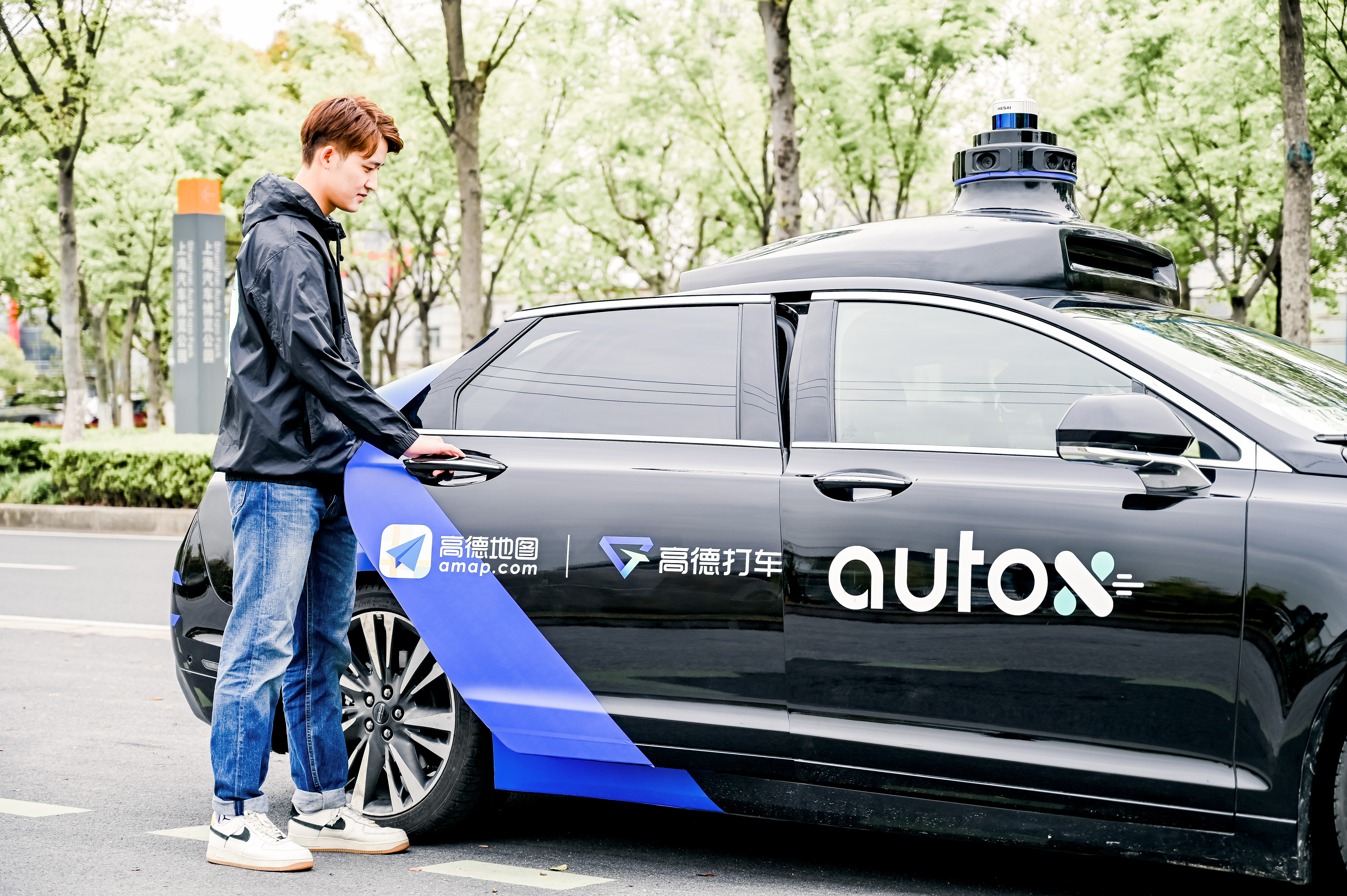California has long provided a conducive environment for autonomous vehicle testing in the US. However, the state has been prohibiting companies from using these vehicles for commercial activities via ride-hailing services until last week. This was when the California Public Utilities Commission (CPUC) approved two new schemes that allow autonomous vehicle operators to launch their own driverless ride-hailing programs in the state.
The CPUC – in charge of creating regulations for autonomous vehicles for drive-hailing and taxi services has released new rules in fleet services, which is the outcome of several years of rigorous work. The two new programs — the Driver Autonomous Vehicle Deployment Program and the Driverless Autonomous Vehicle Deployment Program provide opportunities to participants to offer passenger service, shared rides, and accept monetary compensation for rides in autonomous vehicles, the watchdog announced recently.
CPUC Commissioner Genevieve Shiroma stated that both programs are important first steps to support the study of the operations of autonomous vehicle fleets and how it can be leveraged to support the grid as a demand-side management resource. Going further, the efforts to incorporate transportation into the electric sector has been better served with the berthing of the two programs. Plans are underway to ban the sale of new combustion engines vehicles in California by 2035.
Interested companies in the two new programs are required to obtain the necessary license, either a charter-party carrier Class P permit or a Class A charter-party certificate in the “Drivered” AV Passenger Service pilot program, together with an AV testing permit from California’s Department of Motor Vehicles. The process is expected to be painstaking in order to address potential security issues and breaches. The process will take several months, hence we may still be far from seeing AVs in commercial operations, accepting passengers.
California has very strong rules for AV operators, among the most stringent in the US. It requires companies to obtain a permit for different types of testing, discloses AV accidents, lists the number of miles covered, and the disengagement number, which is the frequency at which human safety drivers were forced to take control of their autonomous vehicles.
As expected, AV companies do not find California’s requirements friendly, but considering the state is home to a large population of engineers and programmers who work on autonomous vehicles, they have little choice. Currently, 60 companies have active licenses to test AVs with a safety driver in the state. Five companies — Cruise, Waymo, Nuro, Zoox, and AutoX — have, in addition, a permit that authorizes them to test fully driverless vehicles without human safety drivers on public roads.
Companies intending to launch Robotaxi services are required to submit quarterly reports to the CPUC which provides “aggregated and anonymized information about the pick-up and drop-off locations for individual trips; the availability and volume of wheelchair accessible rides; the service levels to disadvantaged communities; the fuel type used by the vehicles and electric charging; the vehicle miles travelled and passenger miles travelled; and engagement with advocates for accessibility and disadvantaged communities,” the Watchdog stated.
There are presently few paid self-driving taxis services in the US, like Waymo, Lyft, Aptiv, and Motional. Thus, the majority of AVs on the road are either on goods deliveries or in a testing-only capacity.
Annabel Chang, head of state policy at Waymo, has praised the decision as an important step to get more autonomous vehicles on the road. “This long-awaited agency action will allow Waymo to bring our fully autonomous Waymo One ride-hailing service to our home state over time,” she stated. She also stressed that the CPUC’s decision comes at a key time as the company inches towards incorporating the latest technology to San Francisco and ultimately putting the Waymo Driver to use in service to Californians.
UP NEXT: Oppo X 2021 unveiled as the world’s first smartphone concept with an extending display







